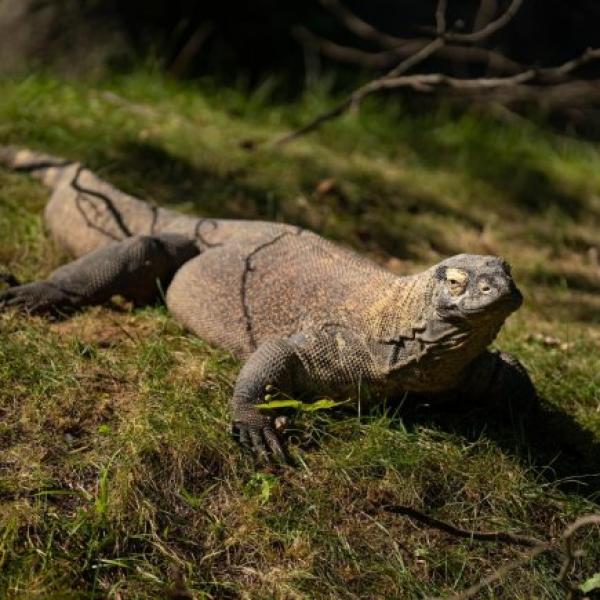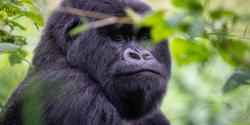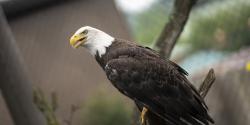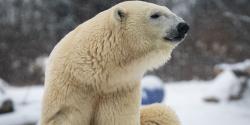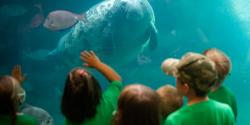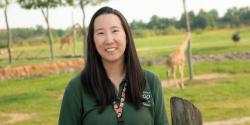Komodo dragons are the largest living lizards, native to several islands in Indonesia, including Komodo.
Komodo dragons have venom glands that are full of toxins that can lower blood pressure, prevent clotting, and induce shock in their prey. These dragons can eat up to 80% of their body weight in a single meal!
Located in Australia & the Islands
Scientific Name: Varanus komodoensis
Conservation Status: Endangered
Size: 6.6 to 10 ft.
Weight: 154 to 300 lbs.
Median Life Expectancy: Males: 19.5 years; Females: 14.3 years

